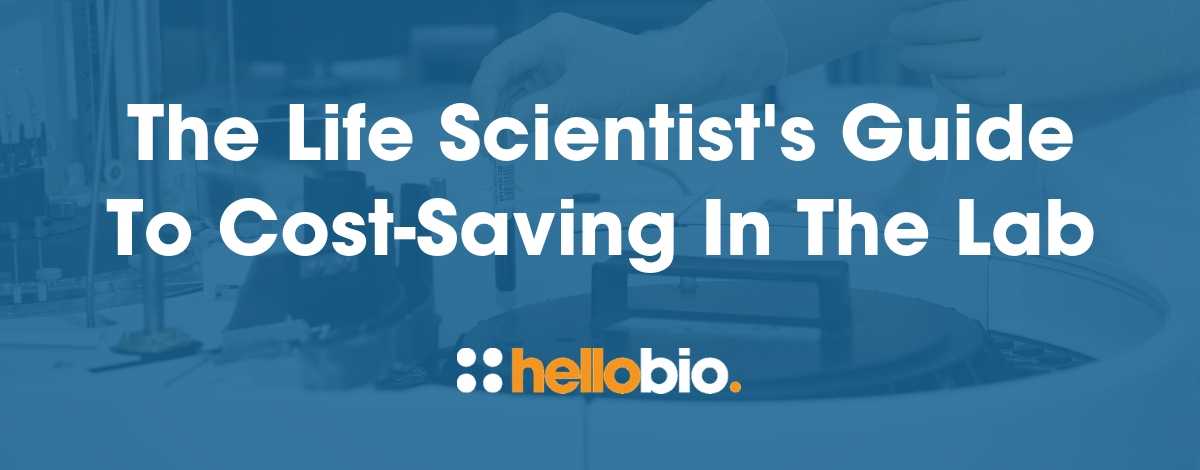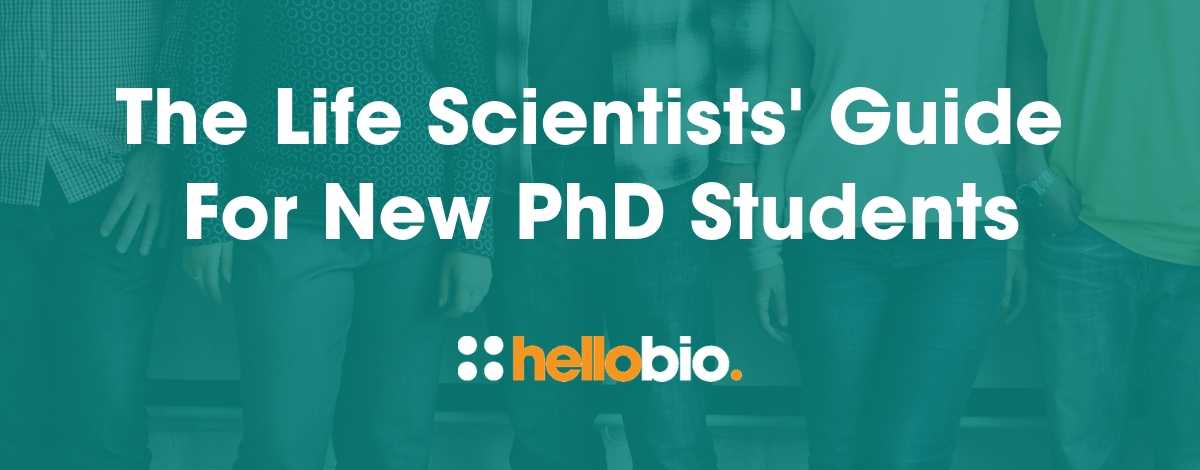Interviews with Scientists: Rianne Stowell
Next in our Interviews with Scientists, we speak to Rianne Stowell. Rianne was a lucky recipient of our travel award to attend The 2019 Gordon Research Conference on Dendrites: Molecules, Structure and Function in Ventura, CA – and it was great to have the chance to chat to her about her work.
Rianne is from Pennsylvania, and attended Moravian College for her undergraduate work. She double majored in Spanish and Neuroscience and earned a BA and a BSc with honors, respectively. Immediately following her undergraduate work, she completed a year of research in Sevilla, Spain on a Fulbright Research Grant. She worked at the University of Sevilla researching the role of specific microglial molecules in pathogenesis of multiple sclerosis in a mouse model. After her year of research abroad, she began her graduate studies at the University of Rochester and joined the laboratory of Dr. Ania Majewska in the summer of 2015.
Since joining the lab, Rianne has worked on understanding how brain state impacts microglial neuron interactions during periods of developmental plasticity and has also dedicated time to understanding microglial heterogeneity within the central nervous system. Her eventual goal is to run a lab in an academic institution with a research focus on neurodevelopmental disorders such as schizophrenia. In her free time, she works on various paintings and art projects both related to science and unrelated to her studies.
Great to speak to you, Rianne! Firstly, tell us a bit more about your PhD...
I am currently working towards my PhD in neuroscience at the University of Rochester. I am in my fifth year of the program and will be defending in June (2019). I am completing my thesis research in the laboratory of Dr. Ania Majewska. In general, our lab focuses on the interactions between microglia (the immune cells of the brain) and neurons. My research is more specifically focused on the signals that govern interactions between microglia and neurons during development and normal brain function.
Did you always want to be a scientist when you were younger, and why?
I became interested in studying neuroscience in college when I was in my senior year of high school. I’d always enjoyed my biology classes, and at the time was taking advanced placement biology as well as some college level psychology courses. While visiting potential undergraduate institutions I learned that a major in neuroscience was an option and it sounded like a fusion of two of my academic interests. I decided to pursue it further and found that I really enjoyed research. This led me to apply to graduate school to continue working in the field of neuroscience.
What are you enjoying most about your PhD?
I enjoy having the access to address questions I personally have in the field of neuroscience. The type of work I do is not something I could achieve outside of a lab setting, so I feel empowered having the tools I need at my disposal to pursue what I want to ask. I like having the ability to read through scientific literature, come away with an interesting idea or experiment, and then execute it. Granted, science is never that simple, however as a researcher you have the ability to strive and try to find answers each and every day.
What advice would you give to someone just starting out with their PhD?
During your PhD, you are first and foremost a scientific trainee. As such, I think the most important thing is to pick the right mentor for your PhD research. I feel as though my success and my work has been greatly facilitated by having the right graduate mentor. Ultimately, you do want to be excited about the science you are working on, but even the most exciting project can be ruined by a bad mentor-mentee match, so it is best to think a lot about the environment you will be working in before deciding on a project.
What's the most important lesson you have learned so far during your PhD?
The most important lesson for me has been to follow up on interesting or unexpected results with experiments. The more unexpected findings tend to be the most interesting, and bear out to be very significant in research, so you shouldn’t be afraid to follow up and dedicate time to the unexpected.
What are you most proud of in your career to date?
I’m actually very proud of my first first-author publication on cerebellar microglia. This work was a side project, meaning it is not part of my primary thesis research. I found that microglia in a region, the cerebellum, were extremely unique in their cell body movement compared to what had been observed in the cerebral cortex. This was an example of following up on an initially odd finding, and it producing a really exciting discovery. I am proud of myself for effectively dedicating time to this side project and seeing it through to its completion. It definitely fostered more independence in my research and I feel like I learned a lot from the experience.
What do you think are the biggest challenges currently facing life scientists and their work at the moment?
I think public awareness and value for science is always a large concern. The internet is rife with misinformation and misinterpretations of scientific findings. As a result, research may not be as valued by the public and this can lead to poor funding climates. Ultimately, scientific research requires public support to gain funding. I hope improved scientific communication and education outreach can help remedy the issues we are facing.
Tell us a bit more about what you’re researching at the moment...
My thesis work examines how brain state impacts and modulates microglial behavior. Microglia are the innate immune cells of the brain, however they are also extremely important in plasticity and brain development. We are still learning all the signals in the brain that can affect microglial activity and interactions with other brain cells such as neurons. I am investigating how mice being awake versus anesthetized alters microglial motility, or movement of their processes. I have been focused on the role of a specific neurotransmitter, norepinephrine, and the receptor microglia express for this signal. Thus far, I have seen that norepinephrine negatively regulates many aspects of microglial activity. Additionally, I have examined how this alters experience-dependent plasticity in the developing visual system of mice. We find that just by targeting this microglial receptor with pharmacological stimulation we can prevent experience-dependent plasticity. This is an exciting finding, as you would not necessarily expect that an immune cell on its own is capable of impeding synaptic plasticity. Microglia-neuron interactions are still a bit of an emerging field in neuroscience and other groups are showing microglial roles in synapse development, pruning, and plasticity as well, however it is exciting to personally be adding a piece to the puzzle.
What does a typical day in the lab look like for you?
My research involves a lot of advanced in vivo 2-photon imaging. A typical day involves imaging microglia, the innate immune cells of the brain, with mice either awake, anesthetized, or under various pharmacological conditions. If I am not imaging, I spend a lot of time analyzing (work done on my laptop). Our 1-hour imaging sessions per animal require a lot of time to process and analyze activity and cell morphology in numerous ways. I also spend some days dedicated to surgeries and preparing animals for later imaging sessions.
Outside the lab, what do you enjoy doing most?
I do a lot of painting and drawing outside of lab work. I have worked on a series of paintings based off of my own imaging work, so I do bring my scientific studies into some of my artwork. I work in a variety of mediums, and I find the focused creative work outside the lab helps me free up head-space to better mull over my experiments when I return to work.
If you weren’t a scientist, what do you think you’d be doing?
If I wasn’t a scientist, I would likely either be a graphic designer or I would be working on Spanish Language Studies. I originally planned to pursue art as a career, but it is now something I primarily focus on in my free time. I double majored in Spanish in my undergraduate years, and very much enjoyed my coursework. I enjoyed analyzing Spanish literature and may have considered graduate work in that field, had I not pursued neuroscience.
What is it about your field of research that gets you most excited?
I am most excited about understanding how the immune system and the nervous system interface. In science we often allocate systems or types of cells as these somewhat separate entities, but understanding how multiple systems can uniquely interface presents a really exciting area of research.
Which scientists working today do you most admire, and why?
He recently passed away, however I’d still like to select Ben Barres. He was an incredible pioneer in the field of glia biology, and truly overturned many assumptions about the role of glia in the brain. His lab, as well as the labs of his many trainees, have produced critical research which has greatly expanded our understanding of the brain. He also was a tremendous advocate for women in science and helped to really push and vocalize about necessary reform in the field to get equal treatment for women in the sciences. He also wrote articles on the importance of good mentoring, and really advocated for better graduate training. He represented the whole package of what a scientist should strive to be which is both a researcher and a mentor to the next generation of scientists.
What’s your favourite science quote?
“Nothing in life is to be feared, it is only to be understood. Now is the time to understand more, so that we may fear less”. ― Marie Curie
What do you think is the greatest scientific discovery of all time?
I would say the germ theory of disease, or more specifically vaccination. These advancements in science most significantly expanded the human lifespan through their tremendous impact on medicine and prevention of disease.
_________________________________________________
Thank you so much for speaking with us Rianne! Best of luck with your PhD, from all of us here at Hello Bio.
Follow Rianne on Instagram: https://www.instagram.com/riannestowellart/
_________________________________________________
If you enjoyed reading this interview, why not check out the other resources available on our blog. One of the things we’re most passionate about is supporting early career life scientists and PhD students. We know how tough it is - so we hope you find these helpful!
Advice & guidance for life scientists
Click below to view our of essential guides and articles includes to support life scientists, PhD students & early career life scientists:
Travel grants
Every month we give away $500 to PhD students and Postdocs so that they can attend a scientific conference - click below to find out more:
Wellbeing for scientists
Click below for our resources to help improve your wellbeing:
Technical resources
Try our Molarity Calculator: a quick and easy way to calculate the mass, volume or concentration required for making a solution.
Try our Dilution Calculator: an easy way to work out how to dilute stock solutions of known concentrations
Click below to see our Mini-reviews, Pathway Posters & Product Guides: a set of technical resources to answer your questions on a wide range of topics and to help you get started quickly.
And - when you get to the stage of planning your experiments, don't forget that we offer a range of agonists, antagonists, inhibitors, activators, antibodies and fluorescent tools at up to half the price of other suppliers - click below to see how we compare with other suppliers:
Advice from your fellow scientists
Click below to read advice from other scientists:























